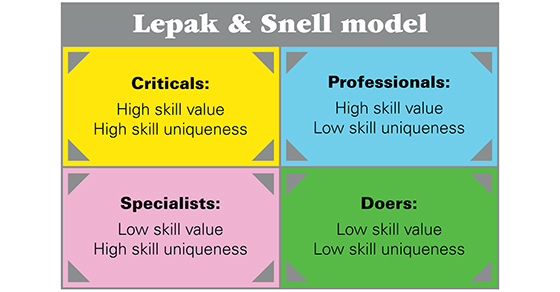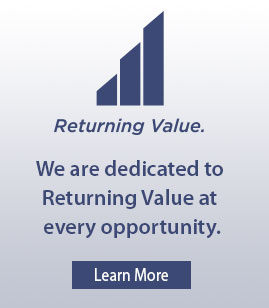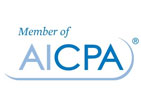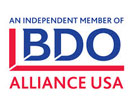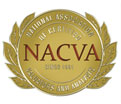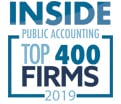The Department of Labor (DOL) announced in very late January the 2019 annual adjustments to the civil monetary penalties for a wide range of benefits-related violations. Legislation enacted in 2015 requires annual adjustments to certain penalty amounts by January 15 of each year. Because of the government shutdown, however, the 2019 penalties weren’t published by this deadline and, thus, have a later-than-usual effective date.
It’s probably safe to say that most employers have created some form of an employee handbook. But just because your organization has one, that doesn’t mean it’s functional.
Posted in Payroll, HR & Benefits
In the simplest of worlds, an employee effectively performs a set of tasks on an agreed-upon schedule and you pay him or her a fair wage. End of story. But, in the real world, employers need to craft a compensation philosophy: a formal statement outlining their belief system and approach to all the different ways they compensate employees. Here are four compensation philosophy questions to ponder:
Posted in Payroll, HR & Benefits
Many, if not most, employers today use some form of an “at-will” employment contract when hiring. The arrangement is theoretically simple: The employer can terminate the employee at any time, for any cause — with or without notice. But is that what at-will employment really means? Not necessarily.
Posted in Payroll, HR & Benefits
Motivation. It’s a relatively simple word, but encouraging it among your employees can be a challenge. Maybe that’s because, fundamentally, enthusiasm must come from within. It’s not something you can implant in someone externally. For this reason, employers sometimes need to get back to the basics of employee motivation to identify the right ways to inspire their workforces.
Posted in Payroll, HR & Benefits
A bad hire can lead to more than just disappointment. Disgruntled employees may draw bad publicity; file complicated, expensive lawsuits; and even disclose or destroy sensitive data. Many employers are adding background checks to their hiring processes for these reasons. If you’re thinking about joining them, here are some dos and don’ts to follow.
Posted in Payroll, HR & Benefits
The U.S. population is aging and, as it does, the need for long-term support and services will only grow. According to a 2017 fact sheet from the AARP Public Policy Institute, on average, 52% of people who turn 65 today will develop a severe disability that will require long-term care (LTC) at some point. For this reason, among others, employers should consider offering LTC insurance as a fringe benefit.
Posted in Payroll, HR & Benefits
Every year, when baseball season finally ends, a most valuable player (MVP) is named in each league. Not everyone agrees on the choice; in fact, it’s something fans love to argue about. But eventually the two players receive their awards and their names go into the record books.
Posted in Payroll, HR & Benefits
Help Employees Take Flight With a Performance Management Pilot Program

Posted by Becky Snedigar on Dec 06, 2018
Many years ago, “performance management” was a supervisor giving orders to an employee and the employee trying to follow them. But as the workplace has evolved and employers have sought to get a greater return on investment in human resources, the concept of performance management has become much more complex.
Posted in Payroll, HR & Benefits
Roth 401(k) accounts have been around for quite a while. But many employers still don’t offer them and many employees still don’t understand them. As the name implies, these plans are a hybrid — taking some characteristics from Roth IRAs and some from traditional employer-sponsored 401(k)s. When considering (or reconsidering) your retirement plan options, look into whether a Roth 401(k) would suit your employees.
Posted in Payroll, HR & Benefits











